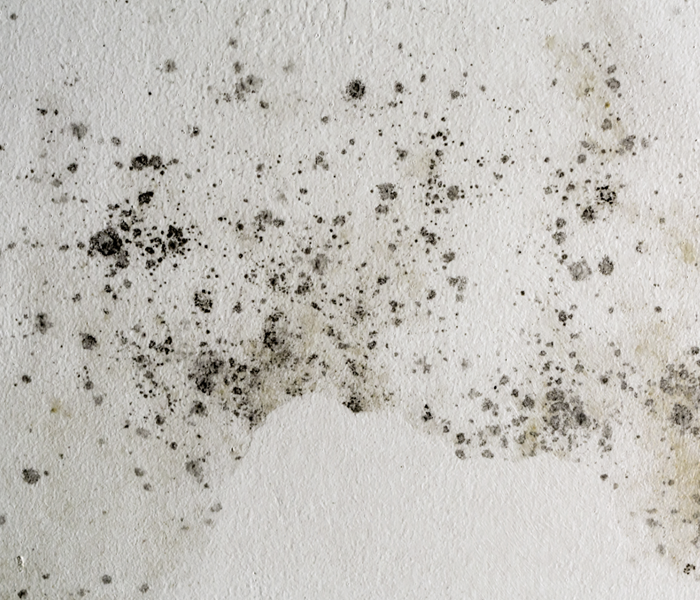The Science Behind Mold Growth: Ideal Conditions and Spores
10/19/2023 (Permalink)
 Mold growth can leave your home in a mess. Understanding the science behind mold can give you knowledge to proceed incase of mold damage.
Mold growth can leave your home in a mess. Understanding the science behind mold can give you knowledge to proceed incase of mold damage.
Mold growth is a natural process that occurs in various settings. Understanding the science behind mold growth is essential for homeowners to prevent and address this common issue. In this blog, we will delve into the ideal conditions for mold growth and the role of spores, shedding light on the scientific aspects.
Ideal Conditions for Mold Growth
Mold thrives in specific conditions that provide the necessary factors for its growth. The primary requirements include moisture, a food source, and favorable temperatures. Mold prefers environments with high humidity—around 70% or more—combined with organic materials like cellulose (found in wood, fabrics, or paper) as its nutrient source. Furthermore, mold flourishes in temperatures between 68°F and 86°F. These ideal conditions create an environment where mold can rapidly reproduce and colonize.
The Role of Mold Spores
Mold spores play a crucial role in the life cycle of mold. These microscopic reproductive structures are present in the air both indoors and outdoors. Mold spores are carried through the air and can settle on surfaces. They can endure unfavorable conditions until they find an ideal environment to germinate and form new mold colonies. Spores are extremely resilient and can survive in various environments, allowing mold to spread and establish new growth areas, especially when the suitable conditions are met.
Factors Influencing Mold Growth
While moisture, food sources, and temperature are the primary factors that enable mold growth, other elements can also influence its development. Poor ventilation and inadequate air circulation contribute to trapped moisture, creating a more conducive environment for mold. Additionally, lack of sunlight or excessive shade can prevent surfaces from drying properly, promoting mold growth. Understanding these additional factors allows homeowners to implement preventive measures, such as improving ventilation, addressing water leaks promptly, and ensuring adequate sunlight exposure to inhibit mold formation.
Preventive Measures
By comprehending the science behind mold growth, homeowners can be proactive in preventing mold infestations. Regular inspection and maintenance play a vital role. Ensuring proper ventilation, especially in high-moisture areas like bathrooms or basements, helps reduce humidity levels and prevent mold growth. Promptly addressing any water leaks or intrusion prevents excess moisture buildup, while maintaining dry conditions discourages mold from thriving. Additionally, controlling indoor humidity levels with dehumidifiers and promoting proper airflow enhances mold prevention efforts.
Effective Remediation Strategies
In the event that mold growth does occur, understanding the science behind mold can also guide homeowners in implementing effective remediation strategies. It is crucial to address the underlying moisture issue that initially facilitated mold growth. This may involve repairing leaks, improving ventilation, or addressing any sources of excess humidity. When removing mold, proper containment and protection measures should be followed to prevent its spread to unaffected areas. Utilizing appropriate cleaning solutions and techniques, such as scrubbing with detergent or utilizing specialized mold cleaners, can help eliminate mold from surfaces. Regular monitoring and maintenance thereafter can help prevent future mold outbreaks.
Understanding the science behind mold growth equips homeowners with the knowledge to create an environment less conducive to mold development. By recognizing the ideal conditions, the role of spores, and the various factors that influence mold growth, individuals can implement preventive measures effectively, ultimately fostering a mold-free living space.





 24/7 Emergency Service
24/7 Emergency Service